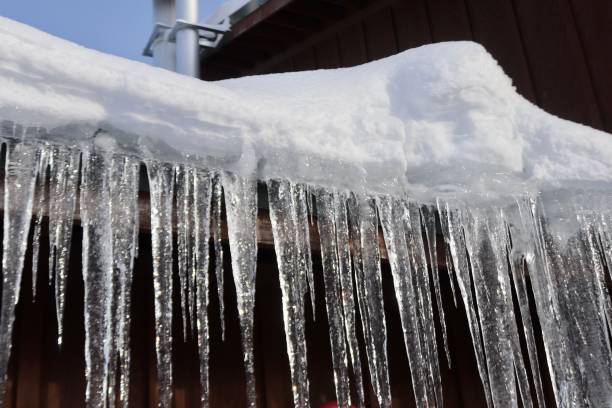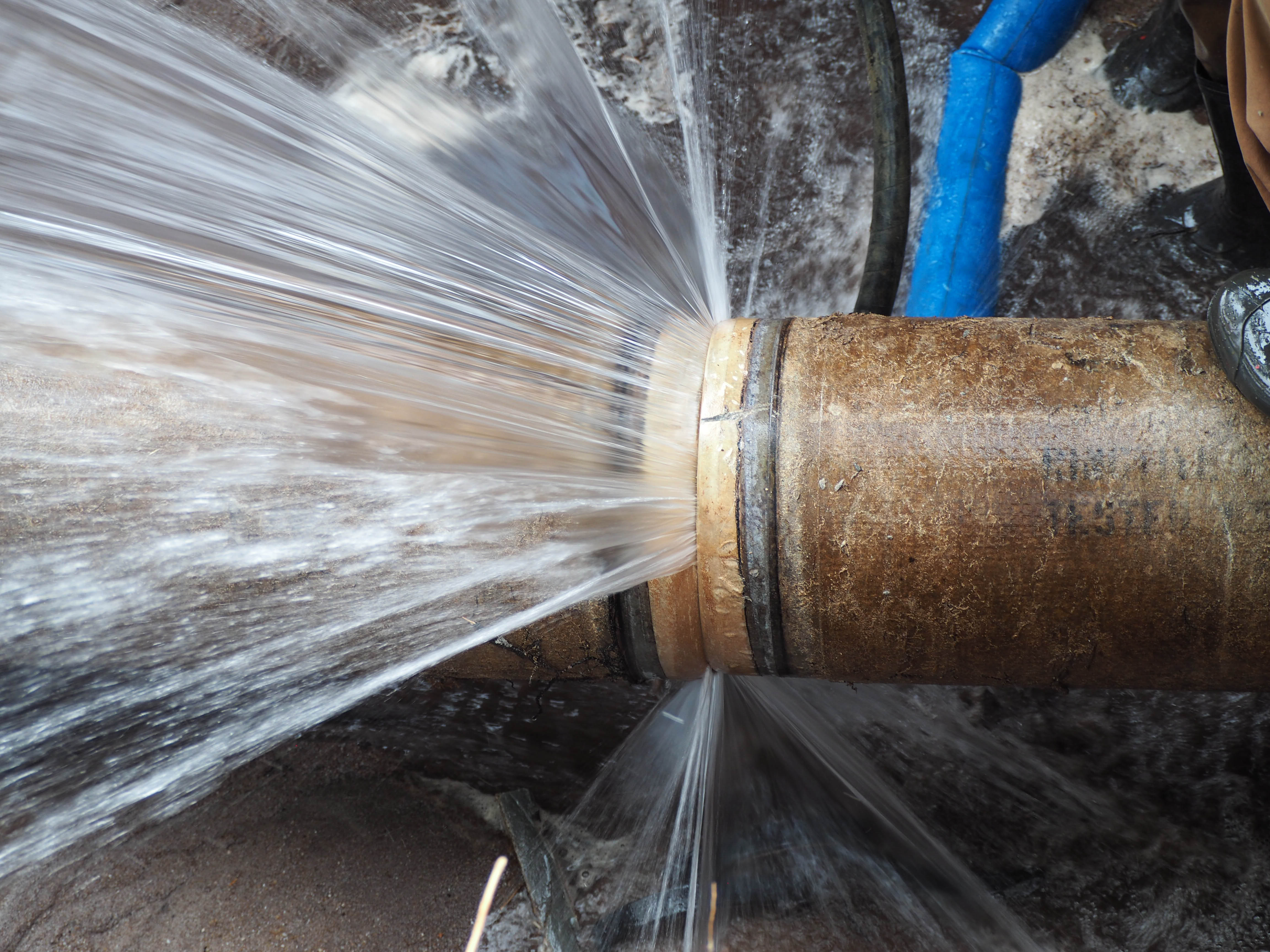Tips for Preventing Frozen Pipes in Winter: Professional Insights
Tips for Preventing Frozen Pipes in Winter: Professional Insights
Blog Article
We've stumbled upon the article about 6 Ways to Prevent Frozen Pipes listed below on the net and concluded it made good sense to discuss it with you over here.

Cold weather can wreak havoc on your plumbing, especially by freezing pipes. Below's how to prevent it from happening and what to do if it does.
Introduction
As temperatures decline, the risk of icy pipes rises, possibly causing costly repair work and water damage. Recognizing exactly how to avoid frozen pipes is critical for property owners in cool climates.
Avoidance Tips
Protecting vulnerable pipelines
Cover pipes in insulation sleeves or utilize heat tape to shield them from freezing temperatures. Concentrate on pipes in unheated or exterior areas of the home.
Heating strategies
Maintain interior areas effectively heated, particularly areas with pipes. Open up cupboard doors to permit cozy air to flow around pipes under sinks.
How to determine frozen pipes
Look for lowered water flow from taps, uncommon odors or noises from pipelines, and noticeable frost on subjected pipes.
Long-Term Solutions
Architectural adjustments
Take into consideration rerouting pipes away from exterior wall surfaces or unheated areas. Include extra insulation to attic rooms, basements, and crawl spaces.
Updating insulation
Buy premium insulation for pipes, attics, and wall surfaces. Correct insulation assists preserve constant temperatures and lowers the danger of icy pipes.
Safeguarding Outside Plumbing
Garden tubes and exterior faucets
Separate and drain garden pipes before wintertime. Set up frost-proof spigots or cover exterior taps with shielded caps.
Comprehending Frozen Pipes
What creates pipelines to ice up?
Pipelines ice up when exposed to temperatures listed below 32 ° F (0 ° C) for prolonged durations. As water inside the pipes ices up, it expands, taxing the pipe walls and potentially causing them to break.
Dangers and damages
Icy pipelines can lead to water disturbances, residential property damage, and expensive repairs. Ruptured pipes can flood homes and trigger extensive architectural damage.
Indications of Frozen Piping
Identifying frozen pipelines early can prevent them from bursting.
What to Do If Your Pipelines Freeze
Immediate activities to take
If you suspect frozen pipes, keep taps available to eliminate stress as the ice thaws. Make use of a hairdryer or towels soaked in hot water to thaw pipes gradually.
Conclusion
Protecting against frozen pipelines needs positive actions and quick reactions. By understanding the causes, indications, and preventive measures, house owners can safeguard their pipes throughout cold weather.
6 Proven Ways to Prevent Frozen Pipes and Protect Your Home
Disconnect and Drain Garden Hoses
Before winter arrives, start by disconnecting your garden hoses and draining any remaining water. Close the shut-off valves that supply outdoor hose bibs and leave the outdoor faucet open to allow any residual water to drain. For extra protection, consider using faucet covers throughout the colder months. It’s also important to drain water from any sprinkler supply lines following the manufacturer’s directions.
Insulate Exposed Pipes
Insulating your pipes is an effective way to prevent freezing. Pipe insulation is readily available at home improvement stores and is relatively inexpensive. Pay close attention to pipes in unheated areas such as the attic, basement, crawl spaces, or garage. Apply foam insulation generously to create a buffer against the cold. You can also wrap your pipes in heat tape or thermostat-controlled heat cables for added warmth.
Seal Air Leaks
Inspect your home for any cracks or openings that could let in cold air. Seal any holes around the piping in interior or exterior walls, as well as the sill plates where your home rests on its foundation. Additionally, make sure to keep your garage door closed unless you’re entering or exiting. Leaving it open creates a significant air leak that can lead to frozen pipes.
Allow Warm Air Circulation
During cold snaps, it’s essential to allow warm air to circulate evenly throughout your home. Leave interior doors ajar to promote better airflow. Open kitchen and bathroom cabinets to help distribute heat consistently around the rooms. If you have small children or pets, be sure to remove any household chemicals or potentially harmful cleaners from open cabinets for safety.
Let Faucets Drip
A small trickle of water can make a big difference in preventing ice formation inside your pipes. When temperatures drop significantly, start a drip of water from all faucets served by exposed pipes. This continuous flow helps prevent the water from freezing. Additionally, running a few faucets slightly can relieve pressure inside the pipes, reducing the chances of a rupture if the water inside does freeze.
https://choateshvac.com/6-proven-ways-to-prevent-frozen-pipes-and-protect-your-home/

We are very enthusiastic about Preventing and dealing with frozen pipes and I am praying you liked our entry. If you appreciated our blog posting please do not forget to share it. Thank-you for taking the time to read it.
Call Today Report this page